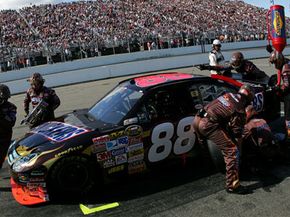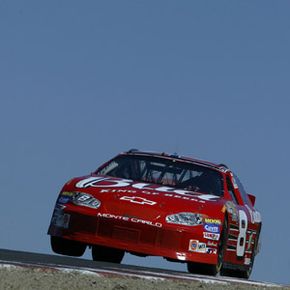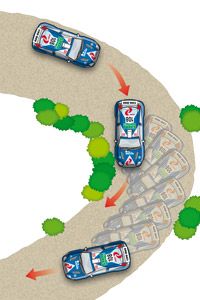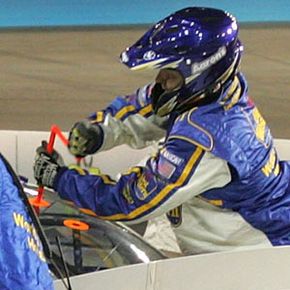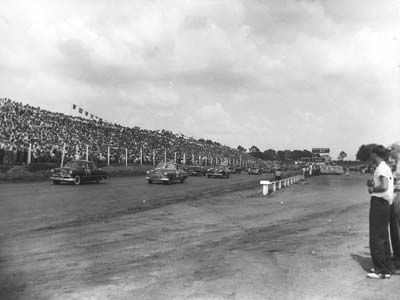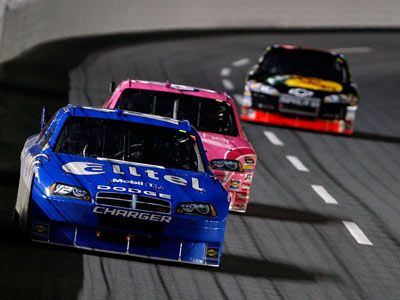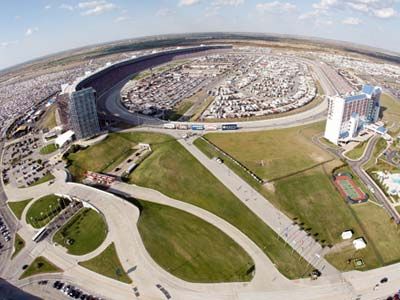NASCAR races can be as fascinating behind the scenes as they are thrilling to watch. You don't need to be a car expert to be impressed with how a pit crew works its magic. But knowing more about the complex mechanics behind what these folks are doing will give you an even deeper appreciation.
One of the mysterious tricks a crew performs during these frenzied tuneups is called a wedge adjustment. During a race, you may hear an announcer mention that a car is getting one. Given that drivers are willing to dedicate several precious seconds to this tuneup during a high-speed race, you can bet it's important. Wedge adjustment can make a dramatic difference in how a race car handles during a race.
Advertisement
Specifically, wedge adjustment refers to changing the amount of tension on a spring in the rear suspension. But shouldn't the race team take the time to get the suspension right before a race begins? It turns out that the suspension system is so dependant on changing conditions that it's difficult to get it precisely right until the driver feels the subtle handling effects during a race.
But how can pit crews fine-tune the suspension -- something buried in the inner workings of a race car -- midrace? Actually, they don't even have to pop the hood or climb under the vehicle. If you've ever seen a race car up close, you may have noticed small holes in its rear window. These openings allow the crew easy access to tubes that go directly to springs in the suspension system. We'll find out more about this special shortcut a little later.
Before we do that, let's learn why this adjustment is so important. To do so, we'll first look at the suspension system, which affects more than just the bumpiness of a ride.
Advertisement
